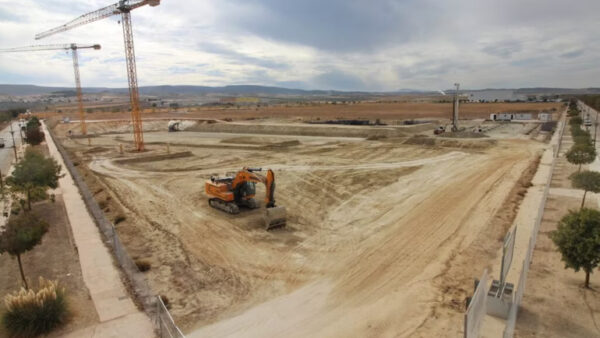The UK’s firefighters have called for the government’s ban on combustible cladding, announced, yesterday, to apply to all buildings, rather than those over 18m high.
Construction Manager reports that the Fire Brigades Union (FBU) said the ban on combustible materials on external walls of all buildings that contain flats, as well as hospitals, residential care premises and student accommodation above 18 metres did not go far enough.
A height of 18m is historically linked with the reach capability of fire and rescue service equipment such as wheeled escape ladders (although these are now obselete).
The FBU said controls should instead apply to any building and not just those more than 18m tall, and that the use of materials allowed on external cladding should be restricted even further.
FBU general secretary Matt Wrack said: “”This is not the outright ban on combustible cladding that firefighters have been calling for.
“These measures do not deal with the existing cladding on nearly 500 buildings across England where people live and work every day.
“The government’s proposals only apply to buildings over 18 metres high, plus hospitals, care homes and student accommodation, when they should apply to all buildings, whatever their height or use. They continue to allow A2 materials, when they should permit only the highest standard of A1”.Â
Materials classed as A1 or A2 include elements such as metal, stone and glass, which seldom contribute to fires, or plasterboard, which makes no significant contribution.
Wrack also called for local authorities to be given more control over building standards for structures in their locality:Â “Fire authorities and local councils need to be fully funded to carry out fire safety inspections now and in the future.
“The government must change the law to ensure firefighters and tenants are consulted on safety matters in homes. The government must fund a national independent programme of research into building materials and government-run testing regime for materials.”
The FBU’s concerns were echoed by insurance firm Zurich Municipal.
Managing director Andrew Jepp said: “This is a welcome step in the right direction, but it doesn’t go far enough. We would question why the ban on combustible materials doesn’t apply to the entire external structure of residential and non-residential buildings of any height.
“As these proposals stand, a fire at lower levels could very easily negatively affect the level of safety provided to the overall building.Â
 “A safer and more straightforward rule will remove ambiguity and future proof our built environment, whilst also minimising the potential for external fire spread beyond the reach of the Fire Service which must be the absolute priority of the ban.”
Image courtesy of (Dreamstime/Michael Spring)






